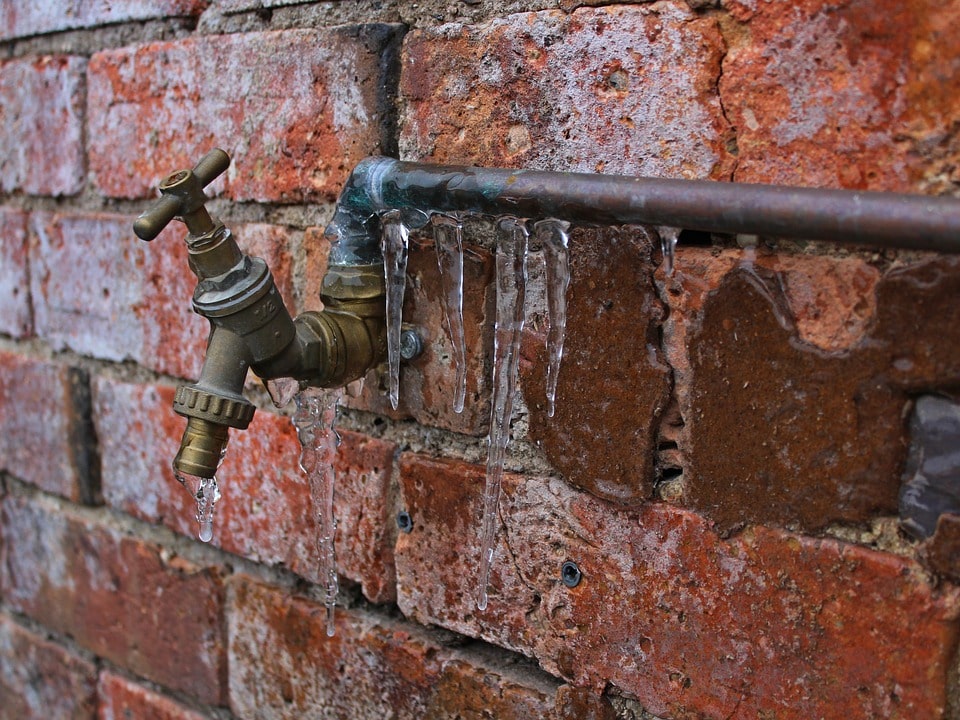
Thawing Frozen Pipes
In many cold regions, falling temperatures can cause freezing or bursting of pipes in the houses. Ruptured pipes cause property damage, and can also be quite costly, up to several hundreds of dollars in repair costs. You can take a few steps to prevent water freezing, but it is always advisable to take a professional’s help when you need to solve your plumbing needs.
Why Is Pipe Freezing Problematic?
When water freezes, it expands. This expansion places tremendous pressure on any container, be it metal or plastic. Although robust containers or tubes are used for plumbing, water expansion can still cause cracking of pipes. Pipes outside the house like swimming pool supply lines or water sprinklers are at greater risk since they are exposed to severe cold temperatures. In addition, water supply pipes that receive little or no sun rays, such as in basements or kitchen cabinets, can also freeze.
How To Prevent Pipes From Freezing?
Before the arrival of the winter season, follow these steps to protect the pipe.
i) Insulate the pipes
You should consider purchasing specially designed pipe insulation to protect your pipes from cold. Pipe insulation is an economical option that can aid in saving hefty amounts by avoiding the replacement of pipes. Pay attention to pipelines located in unheated or inner areas such as your roof space, garage, or underground room while insulating your house’s water system.
Pipe insulations are typically made of fiberglass, polyethylene, or foam. Although you can use duct tape or newspaper to cover these pipes in emergencies, these are temporary and less effective solutions.
ii) Keep garage entrances closed
It would help if you preferred to shut the house garage doors. It is especially crucial when water supplies run through the garage, as this area is much colder than other house portions. If you allow passage for more cold air and there is insufficient insulation, pipes can freeze.
iii) Open Cabinets
Occasionally, open your kitchen and bathroom cabinets, so that warm air flows around the plumbing lines. The warm air can prevent ice jams and pressure buildups in the ducts.
During the winter season, follow these steps to avoid freezing:
i) Let faucets drip
During bitter weather conditions, leave your water taps turned on. Running water produces a small amount of heat and is more challenging to freeze than stagnant water. Also, continuous flow of water releases pressure in pipes which avoids bursting even if frozen water is present.
ii) Leave the heat on
Turn on your heat, especially if you leave the house empty to keep your pipes safe from severe cold. Temperatures between 55 degrees or higher are appropriate to keep the house warm and prevent pipes from freezing.
How To Thaw Frozen Water Pipes?
If you fail to prevent the pipes from freezing, you can still protect them by the thawing process. First, open the tap, and check if only drops of water are coming out, then this is a sign of a frozen pipe. When you treat the frozen pipe, keep the faucet open so that water runs. If the pipes are located in an area where you can easily reach out, use the below-mentioned tricks to thaw the ice:
Hairdryer: Hairdryers can do an excellent job to thaw the exposed pipes. Though they are simple to use, you must be careful and take necessary precautions when pointing them to heat the pipe. Avoid contacting the dryer directly with a water pipe.
Heat lamp: Use heat lamps or portable space heaters to heat the frozen pipes. Again, comply with safety measures and precautions, especially if using portable space heaters. Keep space heaters away from flammable materials to avoid hazards.
Towels: You can wrap a hot towel around the pipe; however, this method is quite slow to thaw.
You should never use devices such as a blowtorch, kerosene, propane heater, or charcoal stove because they can cause fire and damage your property.
Additional Steps You Can Take
Carefully inspect the location of frozen pipes. If you cannot easily reach them, it is wise to call for a professional plumber. However, you still have some options for thawing the enclosed pipes. You can try to thaw the blockage with the help of an infrared light if the frozen pipe is inside the wall. At times, heat can penetrate through the wall and helps in defrosting. You can also cut out the wall section in front of the frozen pipe with the help of carpentry tools and then use any thawing process mentioned above. Although you might be comfortable doing this, it is quite risky and can damage the wall.






